If you’re thinking about a new year’s break to blow away the post-Christmas cobwebs, how about a stay in a property that offers a chance “to step back in time to enjoy a piece of living history”?
Across the island of Ireland are 33 “quirky, eccentric, and distinctive buildings”, including gate lodges, lighthouses, and traditional cottages, that offer a chance to embrace and support Ireland’s heritage – while at the same time enjoying a traditional holiday.
The properties are run by the Irish Landmark Trust, a non-profitable charitable trust, that this month, celebrates 30 years of the organisation.
Founded in 1992, the Trust, which was modelled on the principles of the Landmark Trust in the UK, has a mission of “save, share, sustain” and first got into business in the mid 1990s, when it started renting out the Wicklow Head lighthouse – which is still the trust’s most popular location today.
RM Block
During these three decades, the trust has saved some 40 properties, 33 of which are available for rent today.
Initially funded by Chuck Feeney’s Atlantic Philanthropies, it now gets a significant chunk of its funding requirements from the Government, which contributes between a quarter and a third of its revenues each year.
Its model is simple: take over properties at risk of dereliction from the owners, usually on a lifetime lease, restore them and then rent them out as self-catering holiday rentals.
And all the time, the Trust tries to keep the property true to its original use.

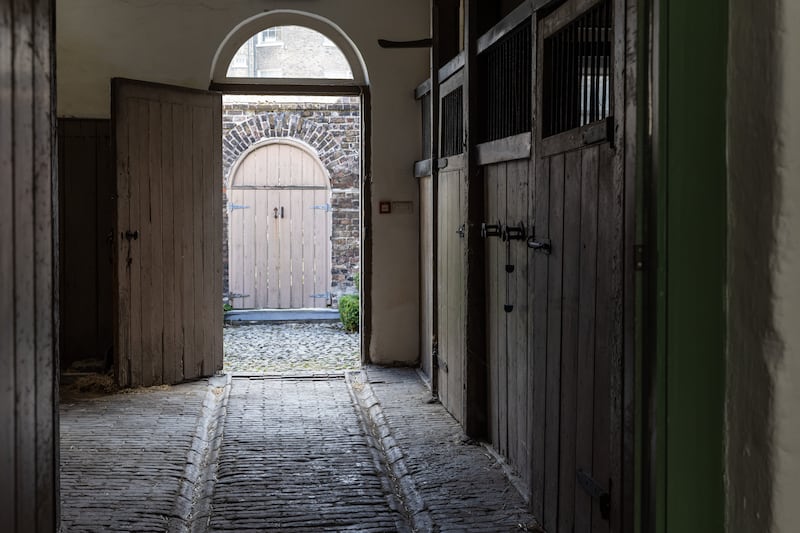
Take Merrion Mews, a renovated old coachman’s cottage just off Merrion Square in Dublin. Dating from the 1790s, the property was built as a residential accommodation over a stables. With the intention of keeping it true to its original purpose, the mounted unit of the An Garda Síochána now uses the stables on an occasional basis.
“It is exactly as it would have been. It is the only plot in Dublin laid out exactly as it was in the 18th century,” says chief executive Niamh Lunny.
For her, a stay in a Landmark Trust property is not like your usual self-catering stay. It’s more like taking a step back in time. While creature comforts are assured, you shouldn’t expect giant smart TVs in a Landmark Trust property.
“It’s not Airbnb; it’s the furthest thing from your Airbnb experience,” she says.
Lunny sees the trust as operating across three sectors: heritage, education and regenerative tourism.
“If you take away any of those things, then we wouldn’t be who we are,” she says, adding that “holiday lets are the engine” that drive the trust.
Luckily then, demand for its properties remains high.
“Post Covid, business has been great,” says Lunny although she notes that in Northern Ireland, where the trust has 11 properties, business hasn’t been as vibrant. Last year, the trust hosted a total of 6,701 guests, and so far in 2023, it has almost surpassed this, with almost 6,600 guests. The majority of customers are domestic, while the second biggest market is the UK, then the US.
For Lunny, running the Landmark Trust is a “dream job”. So what’s her dream property?
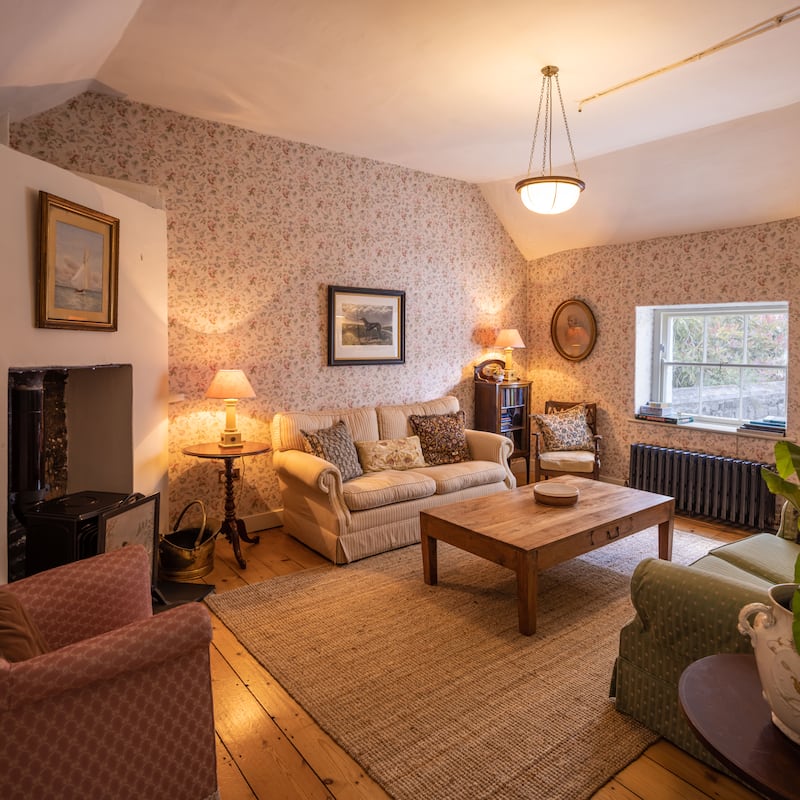

Reluctant to pick just one, she does however cite Tullymurry House, Newry, Co Down, a historic and traditional Irish country house as a personal favourite.
“It’s the depth of history in it,” she says.
Heritage
The trust doesn’t own the properties; rather those who do, sign up to long-term leases with the trust, of at least 25 years. While this can sometimes lead to ownership issues, it allows the trust to act as custodians of the properties, restoring them in a sympathetic and authentic manner.
Sometimes, the properties are then left to the Trust in the owners’ wills – this has happened to date on two occasions so far.
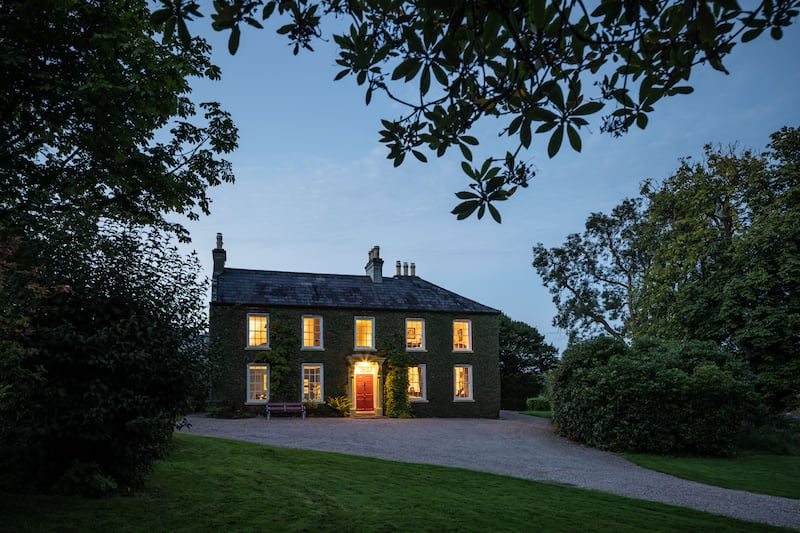
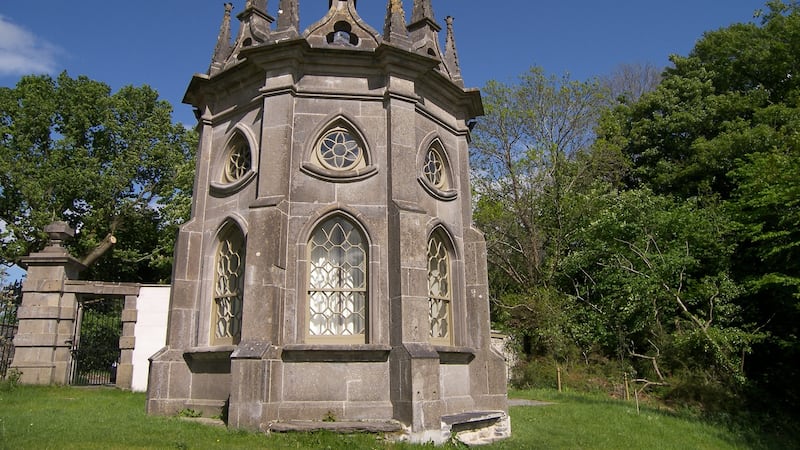
So what makes a Landmark Trust property?
“The mission of the organisation is to share, save and sustain Ireland’s unique heritage,” says Lunny, which, in practice, means identifying those properties at risk of dereliction, and bringing in best practice conversation methods to restore them and make them marketable as short-term lets.
“We’ll consider anything,” says Lunny, adding that while most of its properties to date have been those of historical importance and on the national inventory of architectural heritage, it wouldn’t preclude the Trust from restoring examples of Ireland’s industrial heritage. It’s also about achieving a good balance in terms of geographical locations, and the types of properties it restores.
“We can’t have 100 gate lodges and nothing else,” she says.
The Trust’s properties also demonstrate a commitment to excellence in their restoration, and every building they work on is first assessed by a Grade 1 conservation architect.
“You’ll know them by the quality of the work done to restore them,” says Lunny, adding that the trust looks to use the “best artisans, builders and craftspeople”, and give them scope to revive traditional skills that might otherwise be lost.
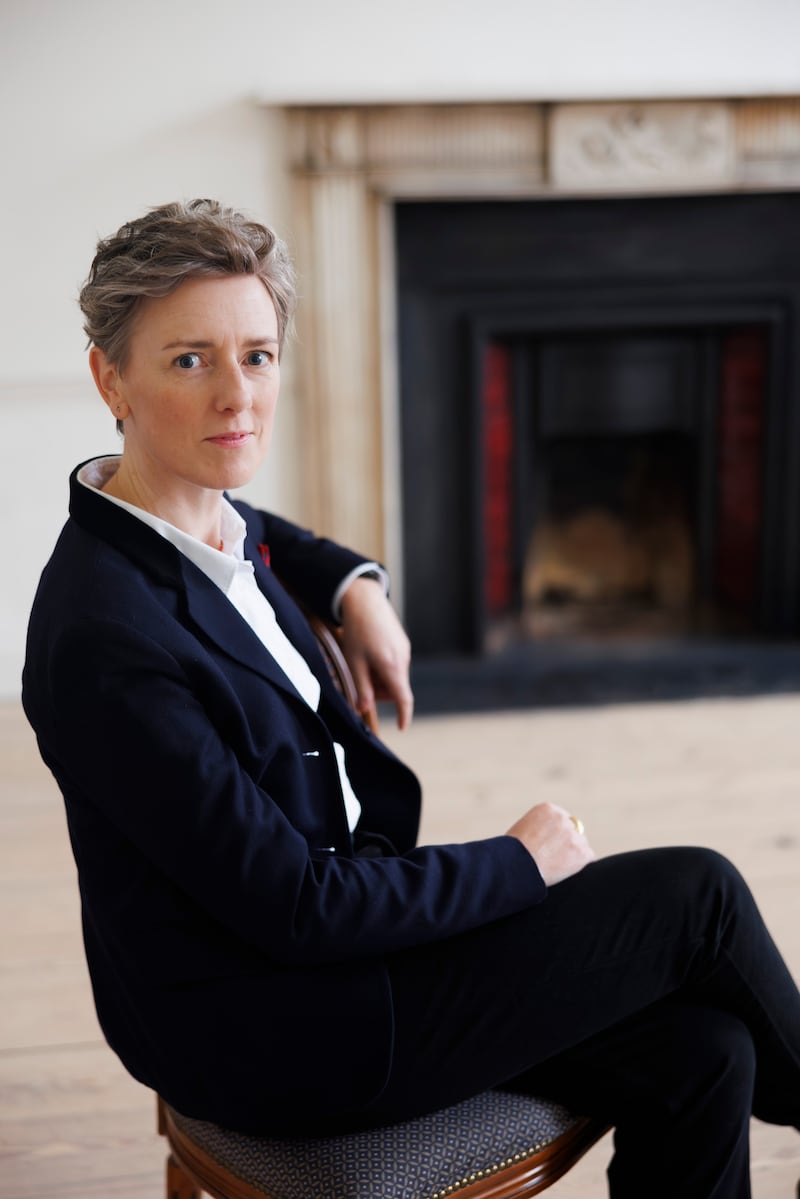
However, achieving such quality has become more difficult, due to skills shortages in certain areas.
“It’s getting harder in relation to thatch,” says Lunny, “but we are passionate about keeping those skills alive.”
This can be challenging given that restoring properties is not a once-off endeavour – they need regular upgrading and maintenance.
Last year for example, work was carried out on a number of the trust’s lighthouse projects, with funding from the Heritage Council, including remedial work to the Loophead lighthouse, which was first renovated more than 20 years ago and needed upgrading works to the heating system and a new bespoke kitchen.
The properties the trust works on must also be attractive to tourists.
“They have to wash their face, by and large,” says Lunny. “So we need people to want to stay in them.”
Looking ahead
Now the Trust has just launched a strategy out to 2028,
“Our ambition is about having a sustainable organisation and growing it sustainably into the future,” says Lunny.
To this end, holiday lets will remain key, and the Trust has its eye on bringing new properties into the fold.
In an ideal world, Lunny would like the Trust to start work on one property every year, noting that there is a “wealth” of properties out there in need of some TLC.
“The most sustainable building is the one that’s already built,” she says.
So what can visitors expect to see included in the Trust’s portfolio in the years ahead?
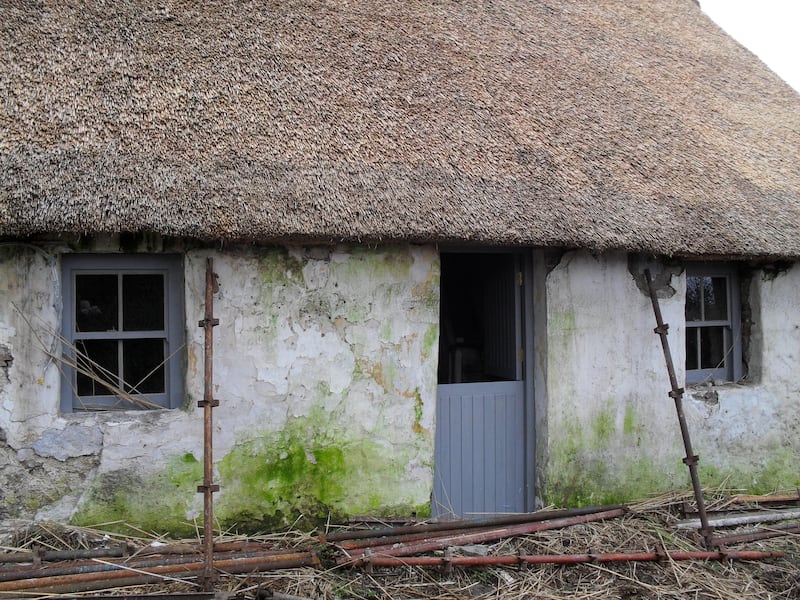
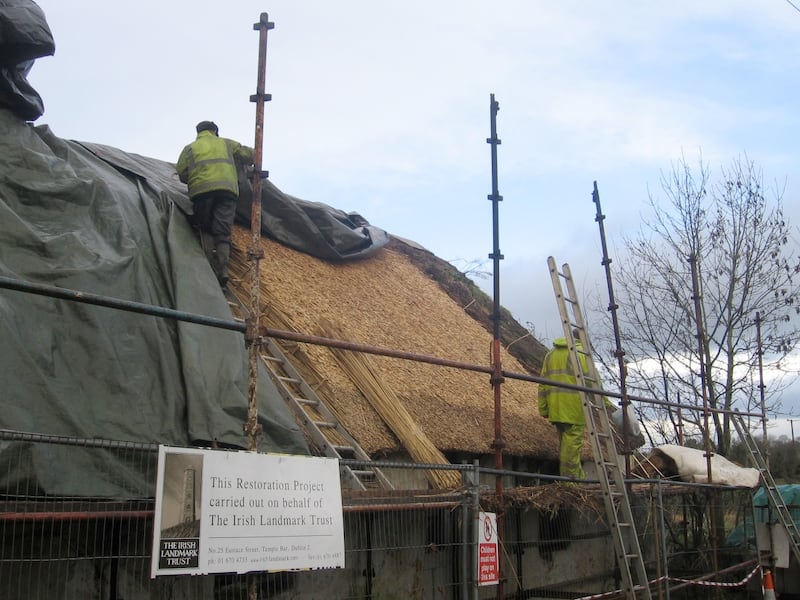
Well, it’s currently on-site at Goggin Cottage, a vernacular cottage in Kildimo, Co Limerick. The Trust first engaged with the owners of the property, who had kept it in the family for some 300 years, back in 2009, which shows how long the process can sometimes be, as issues around funding and the supply of skilled workers stymied the project.
With no electricity or running water, the cottage has survived “virtually unaltered,” since it was built in the 19th century, says Lunny and the task of the Trust is to make it attractive to a modern generation while keeping the soul and heritage of the cottage intact.
It has also just signed a lease at Saunderscourt Gate Lodges, in Crossabeg, Co Wexford. Construction on the main house started in the late 17th century, but it was demolished some two centuries later.
Today however, among the surviving buildings on the estate is a very fine late 18th century triumphal arch linking two gate lodges, and work has begun on restoring these.
Lunny hopes that within four to five years, these properties will be ready for the rental market.
Another potential project is the restoration of a Church of Ireland church in Clifden, Co Galway, as there is no longer a congregation for the church.
“Disused churches will be a bigger and bigger issue going forward,” says Lunny.
She hopes that if this project comes to fruition, it will allow the Trust to demonstrate best practice in reconfiguring churches, which can then be applied elsewhere in additional projects, while she also sees the Trust as having a role to play in efforts to revitalise towns across Ireland, which have been hit by the closure of many shops and pubs.
Getting additional funding – be that from Government or private donations – is also a goal for the Trust.
“We could do so much more if we had more,” says Lunny.


















